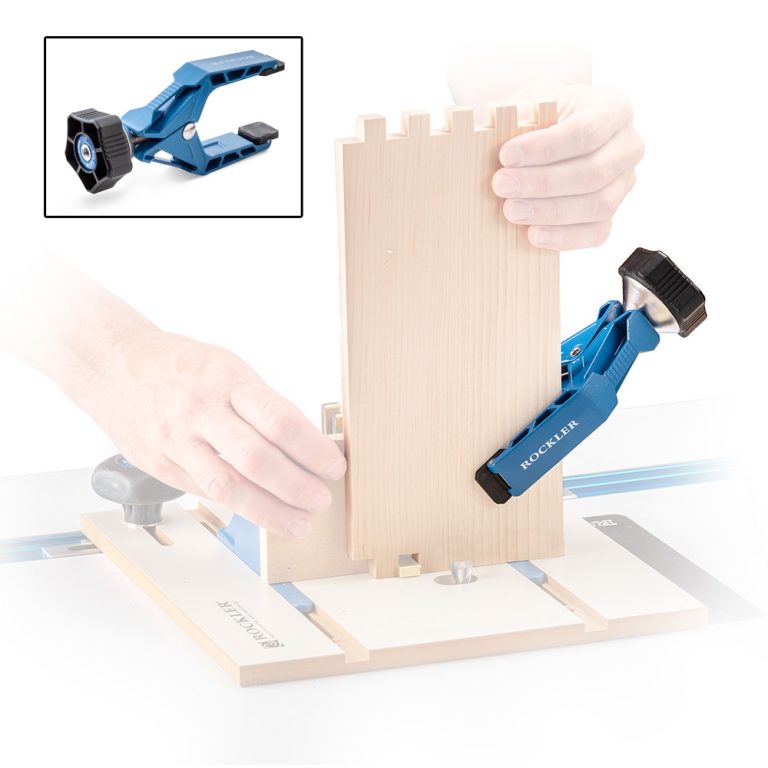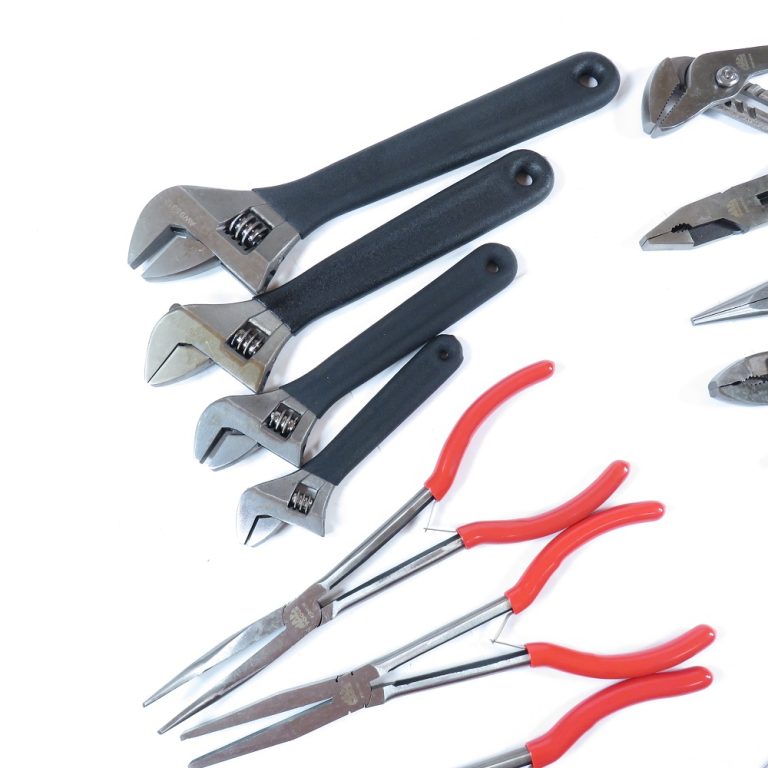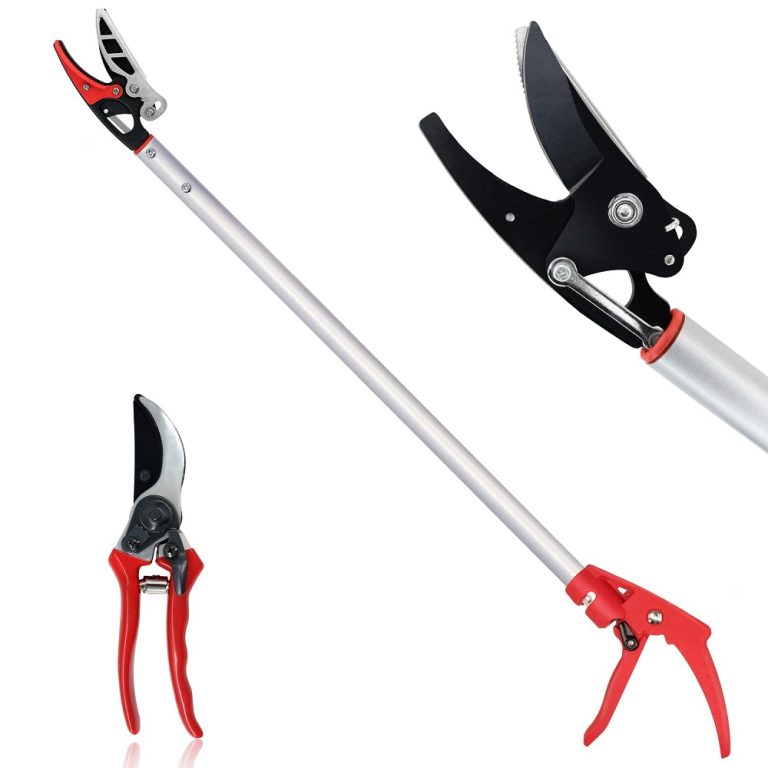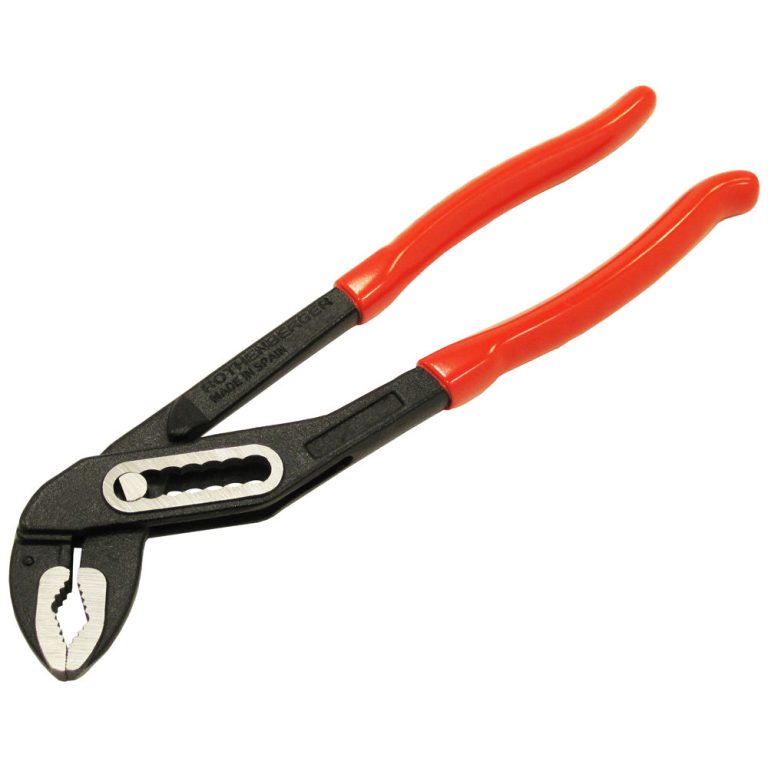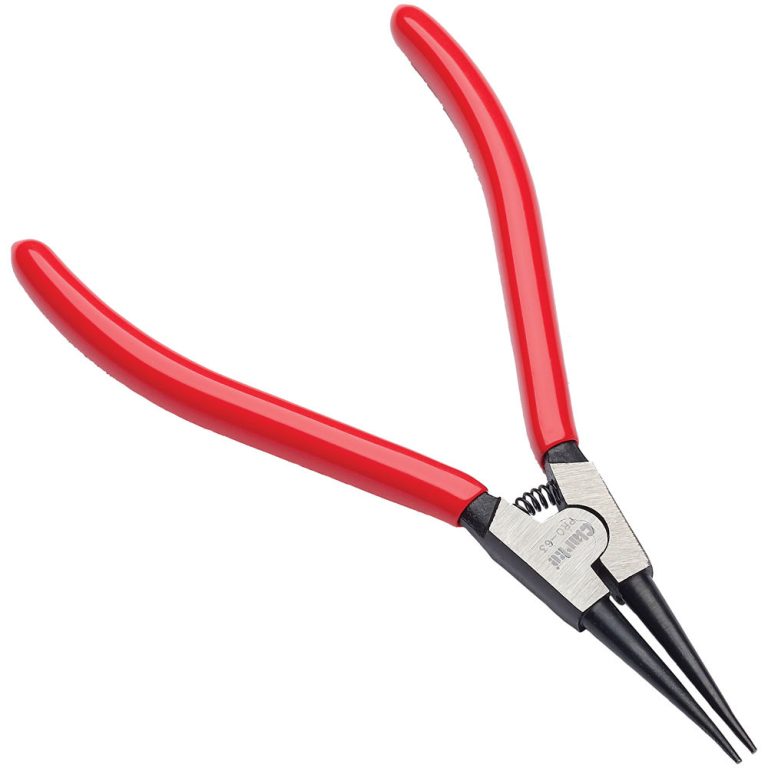Introduction to Jewelry Pliers
Jewelry pliers are essential tools for anyone crafting jewelry. Whether you are a beginner or a seasoned professional, understanding the different types of pliers and their uses is key. Jewelry pliers allow you to bend, cut, and manipulate wire and findings, turning simple materials into beautiful pieces of art. Choosing the right pliers can make a big difference in the quality and ease of your work.
When searching for jewelry pliers, consider their function, durability, and comfort. Good pliers are an investment. They make your crafting process smoother and more efficient. In this blog, we will cover the various types of jewelry pliers, materials and build quality, size and shape considerations, specialty pliers, and tips for maintenance and care. This will help you make an informed decision and select the best jewelry pliers for your projects.
Types of Jewelry Pliers
Jewelry pliers come in different shapes and sizes. Each type caters to specific tasks in jewelry making. Knowing the types of jewelry pliers is crucial for selecting the right ones for your projects.
Needle-nose Pliers
Needle-nose pliers are long and thin, perfect for reaching into tight spaces. They are ideal for bending small loops and holding delicate items without causing damage. Their precise tips facilitate detailed work in confined areas.
Round-nose Pliers
Round-nose pliers have a cylindrical jaw, making them great for creating loops and curves. They form beautiful, smooth arcs in wire, an essential feature for many jewelry designs.
Flat-nose Pliers
Flat-nose pliers feature a broad, flat jaw. They hold and manipulate larger surfaces with a strong grip. These pliers are excellent for straightening wire or making angular bends.
Chain-nose Pliers
Chain-nose pliers combine aspects of flat-nose and needle-nose pliers. They have a flat surface for gripping and a tapered end for precision. These are versatile and often used for opening and closing jump rings.
Bent-nose Pliers
Bent-nose pliers have tips that are curved. This curve allows you to reach awkward angles without blocking your view. They’re great for intricate work where straight pliers might be cumbersome.

Materials and Build Quality
Selecting the right material for your jewelry pliers is crucial. It affects their lifespan, functionality, and your comfort during use.
Stainless Steel vs. Carbon Steel
When looking at the metal in pliers, stainless steel and carbon steel are common. Stainless steel is rust-resistant and durable, ideal for longevity. Carbon steel, on the other hand, is tougher and provides a sharper edge. It can handle harder materials, but it is prone to rust if not well maintained. Consider the type of work you do and your environment when choosing between them.
Comfort Grips and Ergonomic Designs
Comfort grips made of soft rubber or silicone can reduce hand fatigue. Look for pliers with ergonomic designs that fit well in your hand. Such designs can help avoid strain and injury. Quality jewelry pliers with these features might cost more, but they are a worthwhile investment.
Size and Shape Considerations
When selecting jewelry pliers, size and shape play a pivotal role.
- Handle Length: Longer handles provide more leverage, which is beneficial for tasks that require more force. Meanwhile, shorter handles offer more control for delicate tasks.
- Jaw Length and Width: The length and width of the pliers’ jaws should match the scale of your projects. Larger jaws are useful for big pieces, while small jaws are better for fine, detailed work.
- Shape of the Jaws: Consider the contours of the pliers’ jaws as well. Some jaws are pointed for precision, while others are flat for a wider grip. The shape will directly impact how you manipulate materials.
- Joint Type: The joint connection of the pliers affects their movement and precision. Box joints generally provide smoother action and better alignment than lap joints.
Compact vs. Standard Sizes: Compact pliers are great for portability, while standard-sized pliers might be easier to use for various tasks.
Choosing the right size and shape for your jewelry pliers can increase your efficiency and help to ensure the integrity of your jewelry pieces. Remember, comfort is key, so always opt for a size and joint type that feels right in your hand.

Specialty Pliers for Jewelry Making
In jewelry making, having the right tools can make a significant difference. Specialty pliers are designed for specific tasks that standard pliers might not perform as efficiently. These specialized tools can enhance your work and provide a level of precision that contributes to the creation of high-quality jewelry. Let’s explore some of these specialty pliers.
Crimping Pliers
Crimping pliers are a must-have for securing clasps and beads. They are used to crimp and flatten crimp beads, ensuring a secure fit and a neat finish. These pliers have notches that allow crimp beads to be secured without crushing them, which is crucial in creating professional-looking jewelry.
Split Ring Pliers
Split ring pliers are designed to simplify the task of working with split rings. These pliers have a narrow tip that fits into the coil of a split ring, making it easy to separate the coils. This allows you to swiftly add or remove charms or clasps without struggling or damaging the rings.
Wire Looping Pliers
Wire looping pliers are exceptional for making uniform loops in wire. These pliers come with round noses and a concave shape on one side, allowing you to create perfect loops every time. Ideal for making eye pins and clasps, they give your pieces a consistent, professional appearance.
By integrating these specialty pliers into your toolkit, you enhance your ability to create intricate and durable jewelry. When choosing these items, consider the same factors you would for general jewelry pliers: material quality, comfort, and durability. With the right specialty pliers, your jewelry designs will stand out for their precision and beauty.
Maintenance and Care for Pliers
To keep your jewelry pliers in top shape, regular maintenance and care are essential. These tips will help extend their life and maintain their performance.
Clean Pliers After Each Use
After finishing your jewelry work, wipe your pliers clean. Use a soft cloth to remove any debris or material residue. This prevents rust and keeps the jaws clear for precise work.
Lubricate the Joints
Apply a drop of oil to the joint of your pliers periodically. This maintains smooth operation and prevents wear. Be sure to wipe away excess oil.
Store Pliers Properly
When not in use, store your pliers in a dry place. A toolbox or a storage rack can protect them from damage and moisture.
Inspect Your Pliers Regularly
Check your pliers for signs of wear, like loose joints or dull edges. If they need repair, do so promptly to avoid further damage.
Avoid Using Pliers for Unintended Purposes
Don’t use your jewelry pliers for tasks they’re not designed for. This can damage them and compromise their intended function.
By caring for your jewelry pliers, you ensure their longevity and reliability for your jewelry-making projects. Proper maintenance keeps them ready for precision work anytime.

Where to Buy Quality Jewelry Pliers
Finding the right place to purchase quality jewelry pliers is essential for craftsmen and enthusiasts alike. As the market offers numerous options, making the right choice can feel overwhelming. Here, we’ll discuss some tips for where to find the best jewelry pliers for your needs.
- Local Craft Stores: Begin your search locally at craft or hobby shops. They often have a variety of jewelry pliers. Speak with the staff; their insights can be valuable.
- Online Marketplaces: Websites like Amazon or eBay host a range of brands and styles. Be sure to read reviews and ratings before buying.
- Specialized Jewelry Supply Stores: Dedicated stores for jewelry supplies might offer high-quality pliers. Check online for stores or catalogs that focus on jewelry tools.
- Jewelry Trade Shows: Trade shows are great for finding specialized tools. You can test the pliers and get deals from wholesalers.
- Manufacturer’s Websites: Buying directly from manufacturers can ensure authenticity. They might also offer warranties or customer support.
- Second-hand Stores: For budget-conscious shoppers, second-hand shops or online classifieds may have gently used pliers.
Before making a purchase, compare prices, check for return policies, and confirm the pliers meet your specific jewelry-making needs. Investing in the right tools from reliable suppliers enhances your crafting experience.

